I love Razer’s Naga series of mice, particularly the Naga Pro, which allows you to swap out the side button panels for two, six, or twelve thumb buttons. But dang, these things are pricey. The Razer Naga Pro V2 was $180 when it launched, and it hasn’t gone down in the two years since. That’s a lot of scratch for a mouse, even for gamers.
I’ve been looking around for a more economical alternative for a while, and on Prime Day I found one. “Solakaka” isn’t exactly a household name, except in the sense that the cheap, disposable brands that litter Amazon and similar online storefronts are probably in a lot of people’s houses at this point. But the SM809 gaming mouse offers about 90 percent of the functionality of the Naga Pro, at less than a quarter of the price.
The big deal is the swappable side panels. Like the Naga Pro design it’s shamelessly cribbing off of, you can swap out the plastic body panels by pulling them off, the magnets holding them in place releasing with a bit of pressure. You get just two choices for buttons on the mouse’s left side, with one panel offering nine buttons and one offering three, both in a non-standard layout. This is a step down from the Naga Pro in both the number of total options and in the maximum button options.
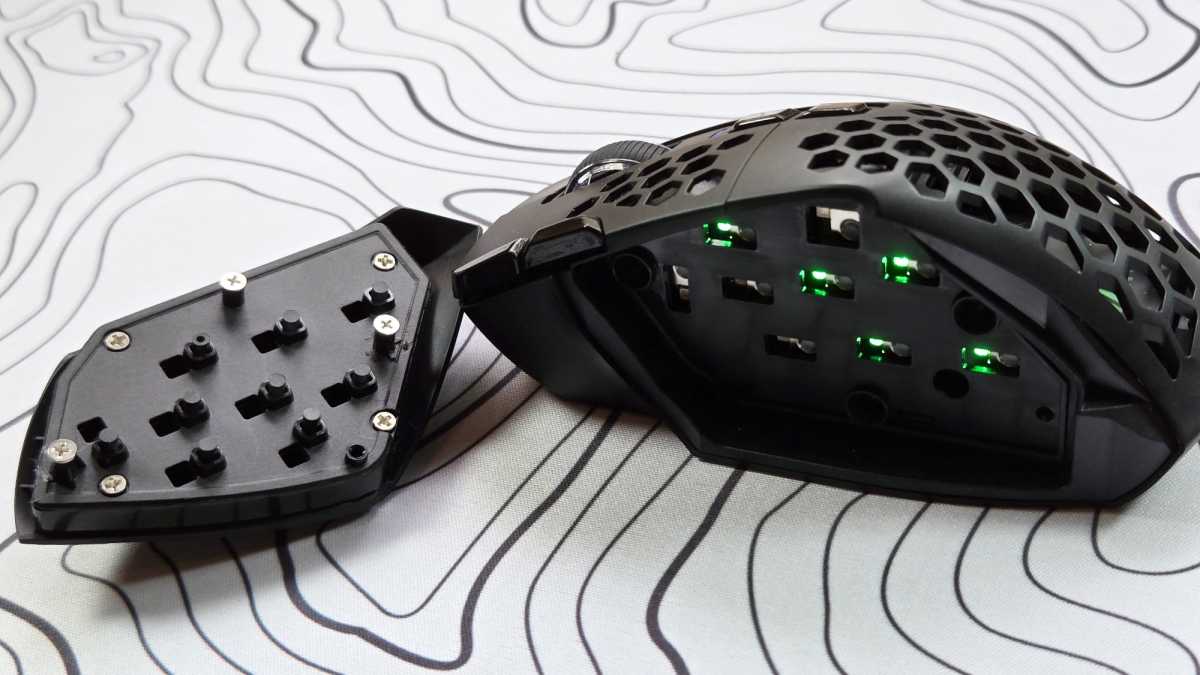
Michael Crider/Foundry
But in some ways the two side panels are an improvement. I found the three-button panel particularly good for the way I play Fortnite, offering quick access to my pickaxe switch, building tool, and map. The most forward, vertically-aligned button is easily distinguished from the other two, letting me find it instantly to switch back to weapons. But the larger nine-button layout is also good, using the otherwise empty space for six more buttons. The ramp shapes on these buttons, again, make them easy to distinguish by feel without looking.
You also get two choices of magnetic panel on the other side, which the Naga does not offer, but reminds me of the older Razer Ouroboros design. This seems less useful to me, as I don’t really need the extra support on the right, but more options for more people is always good. On both sides the panels snap into place and don’t move, making the mouse feel stable and sturdy despite having three movable pieces.
The rest of the design is, in a word, cheap. Which isn’t an insult — this is a cheap mouse, after all. But I found the RGB lighting tacky, and I’ve never been a fan of the holes in the outer shell that allegedly remove weight. They make me think of speed holes. The mouse lacks the heft and smooth finish of the Razer Naga, and doesn’t support horizontal scrolling nor does it allow adjusting scroll speed and texture. But these are flagship features on a flagship design. Expecting them on a budget mouse would be unreasonable.
Under the hood, you get specs that would have made PC gamers drool a decade ago, but have since become commonplace. 24,000 DPI on the sensor is more than any fleshy human I know can actually use, ditto for 1000Hz polling rate. There’s a choice between Bluetooth and USB wireless with the included dongle, though there’s no easy way to switch between them without flipping the mouse over.
A bunch of extra buttons on the top let you move between DPI options by default. Like the Naga, I’ve adjusted these to manage media instead: Play/Pause and mute for the buttons just behind the wheel, volume up and down for the ones nestled into the corner above the primary button.
None of these were particularly worrisome to me, as I gambled $40 ($30 on sale) on a cheap mouse. What I was really curious about was the software. These fly-by-night brands tend to fall down at this hurdle if anywhere — hell, it’s often a pain point for full-priced name brands.
But the Solakaka software surprised me. It’s not amazing by any means and it makes some weird choices; the RGB is turned off as part of the power switch, for example. But it lets you program the buttons and macros, and adjust the other settings without too much fuss. More importantly, it saves the settings to the mouse’s local memory. That means you don’t need an annoying little app running in the background, and you can keep those settings consistent if you move the mouse to another device.
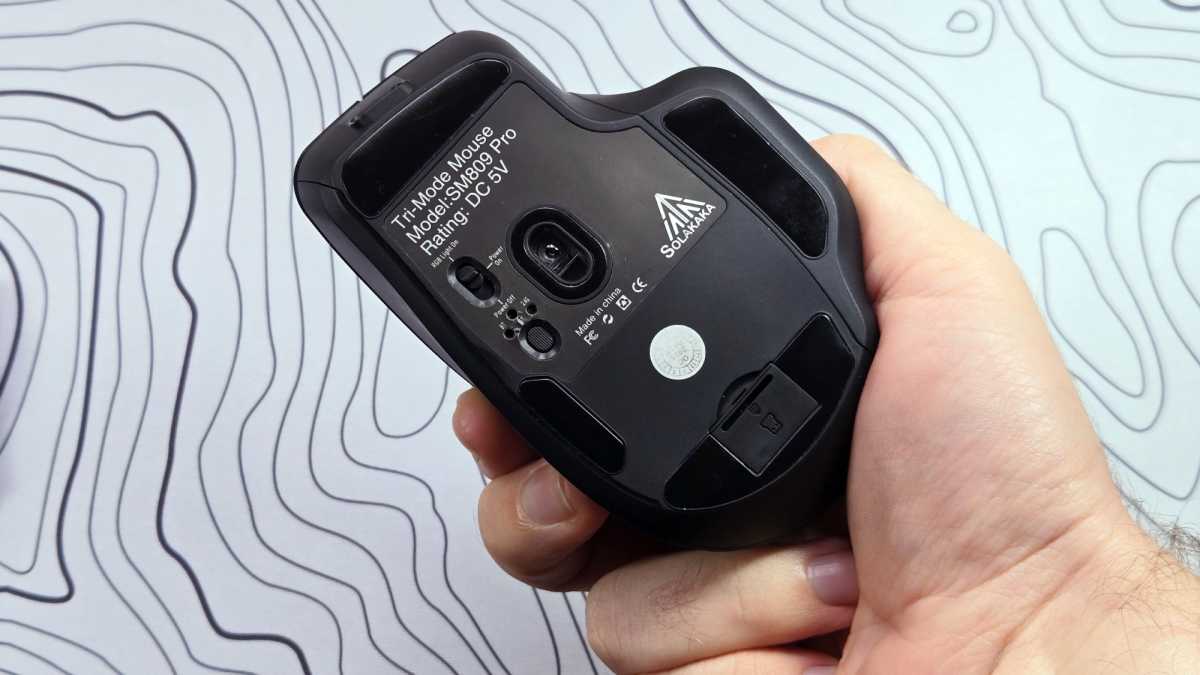
Michael Crider/Foundry
You won’t get the option to apply new settings when you launch a new app or game, which is arguably one of the signature features of a gaming mouse versus a regular mouse. (Well, that’s what I argue anyway.) But I wasn’t expecting that, to be perfectly honest.
And the Solakaka design can beat the Razer Naga in one important area: battery life. While my Naga Pro V2 needed a pretty lengthy recharge via USB-C in less than a week of work and play, this cheap alternative has been going for three weeks and it’s only at 50 percent battery. Note that I turn off the gaming LEDs in both cases.
I’m not saying that this mouse is better than the Razer Naga Pro V2. It isn’t, certainly not if you’re the kind of user who can actually justify nearly two hundred bucks for a fancy mouse. But in terms of value, the SM809 is the clear winner, even if you can’t catch it on a frequent sale.
It does very nearly everything I need or want the Naga to do, without making me worry about how much it’ll cost to replace if I should wear it out. And considering how non-repairable Razer mice are, and that I’m now on my third Naga Pro, that’s a relief.
Solakaka SM809 gaming mouseLogin to add comment
Other posts in this group
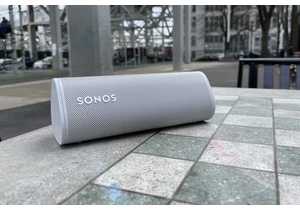
Interest in Sonos’s smallest portable speaker is heating up—literally

Free alternatives may exist for Microsoft Office components, but some

E-commerce giant Amazon is now expanding its automotive business to i

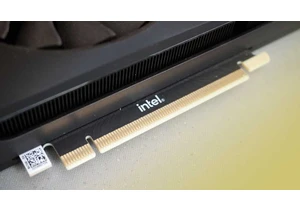
As expected, by 2028 your PC will be internally passing a terabyte’s
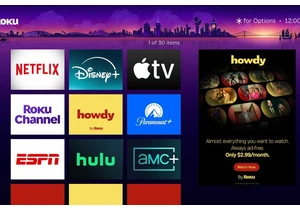
Want ad-free streaming without paying through the nose for Netflix or

Microsoft is reportedly testing a new feature in the taskbar called “
